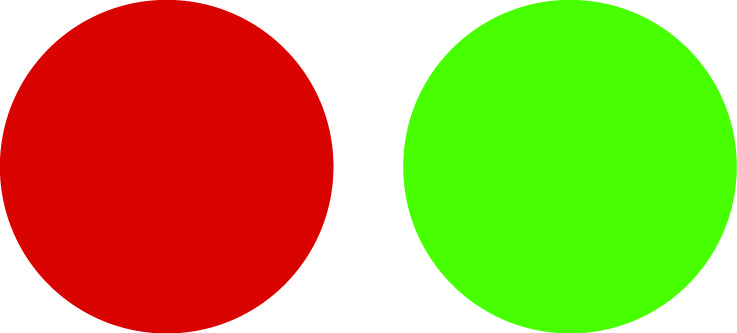How to Create a Color for Leather
There are infinite ways that color impacts how we create things. Every industry uses it in a different way. We’ve talked about color theory in The Lab Journal before, with my fellow blogger’s article on color used in everyday life. When it comes to leather processing, color is vital to achieving the exact style you desire. By taking advantage of the dyes available today, you can produce any color with simple color theory.
First, however, it is important to understand how to create color and the effect one color has on another when combining them. Only by understanding the qualities of color can the tanner create new colors.
Color Theory Used in Leather Dyeing
When describing a color, we tend to use words such as dull, bright, light, or dark to explain physical properties. These terms do not mean the same thing to each person, which is important to keep in mind. If we want to create uniform colors according to standards, we need to all be speaking the same language. The following vocabulary will provide a common ground to communicate about color:

Hue
Hue is the name of color such as red, green, or blue. Every color falls into a particular hue category as indicated by the names of the colors of the spectrum.
Intensity or Saturation
Intensity or saturation is the brightness of a color. A color of a full-saturated hue is more intense than a dull color of the same hue, such as red versus maroon. We make a color less intense by adding gray, black, or white.
Value
Value is the lightness or darkness of a color compared with black or white. The closer a color is to white, the higher the value. The closer to black, the lower its value. For example, yellow (a light color) has a higher value than violet (a dark color).

Tint
A tint is the sum of the hue plus white. In dyeing, you can do this by using less dye in a blend. For example, pink is a tint of red.

Shade
A shade is hue plus black. In dyeing, we can darken a color by adding its complement. Complements produce colors that are more alive than if we used black for shading. It is the best way to shade a color versus adding black, which tends to dull the color. For example, burgundy is a shade of red.
Tone
Tone is hue plus gray. When dyeing, you can also add some of the color’s complement to the tint of color. For example, rose-beige is a tone of red.

Complement
A complement is the color exactly opposite another on the color wheel. For example, green is the complement of red. Mixing a hue with an equal amount of its complement yields gray or black. Mixing a hue with a small amount of its complement causes a loss of intensity due to the graying effect.
Tints, shades, and tones of a hue result in distinct changes in the value of the color and reduce its intensity. In some cases, these affect the hue itself. By varying the three dimensions of color (hue, value, and intensity), the tanner can blend any color they need.
It seldom is possible to match a given color by using a single dye. As you can see with all the properties above, usually we need to combine two or more dyes. Because many dyes differ in their rate of exhaustion, sensitivity to acids and salts, and depth of penetration into leather, we must take care in selecting dyes for a given blend. Some do not blend well because of their chemical composition. The range of dyes within each color group is enough for selection and combination with colors in the same category. With this method, it’s easier to control the quality of dyeing leather to create beautiful colored hides.
We’re the top supplier of leather dyes in the Americas, check out our leather applications products today.


